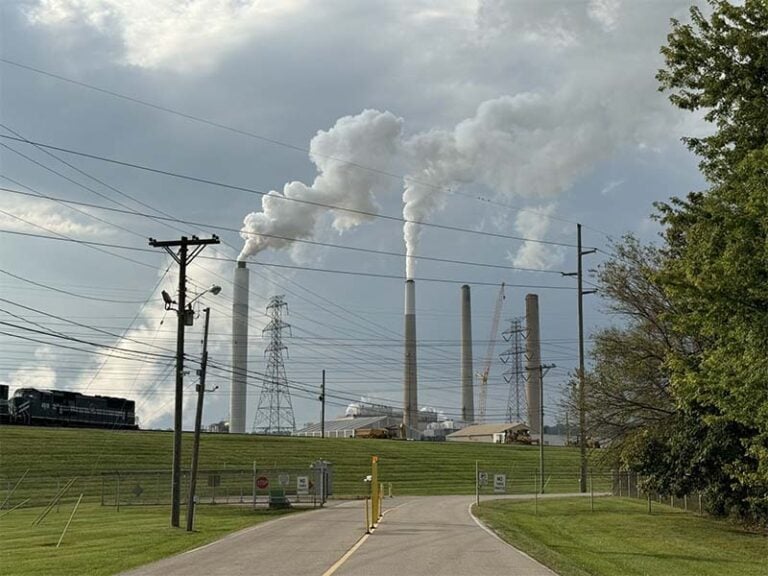The Kentucky Labor Cabinet wants to remind all employers and employees that high temperatures and humidity can have devastating effects if workers do not take proper precautions and procedures.

“Hot weather can make for dangerous conditions both outdoors and inside,” said Labor Secretary Larry L. Roberts. “In many cases, precautions such as water, rest and shade can be the difference between life and death for workers.”
Heat exhaustion can become heat stroke, which the Bureau of Labor Statistics reports kills an average of 30 workers each year in the United States. Each year in Kentucky, an average of 106 workers suffer heat-related injuries that result in days away from work. Three workers have died from heat stroke in Kentucky in the past four years.
Symptoms of heat-related illnesses
Labor-intensive activities in hot weather can raise body temperatures beyond the level that normally can be cooled by sweating. Heat illness can begin as heat rash or heat cramps, and quickly can become heat exhaustion and even heat stroke if simple prevention steps are not followed.
Heat exhaustion has symptoms of headache, nausea, dizziness, weakness, thirst or heavy sweating. Heat exhaustion can lead to heat stroke, which includes symptoms of fainting, seizures and confusion. Often, it is difficult for workers to recognize that they are experiencing these symptoms, so it is important for co-workers to be aware of each other’s actions and behavior. Heat stroke requires immediate medical attention.
Water, rest and shade
Workers can take various measures to combat heat exhaustion and heat stroke. They should consume small amounts of water frequently. Drinking water every 15 minutes, even if not thirsty, is important.
Employers should allow workers frequent rest breaks, especially during the first day and initial week of work. Workers must be acclimatized, which requires a gradual increase in workload and routine rest periods while the body can build a stronger tolerance to hot conditions.
Shade is important to help workers cool down outdoors. Exposure to full sunshine can increase heat index values by up to 15 degrees Fahrenheit.
The heat index
The U.S. National Oceanographic and Atmospheric Administration developed the heat index system, which combines both air temperature and relative humidity into a single value that indicates how hot the weather will feel. The heat index can be used to help determine the risk of heat-related illness for workers.
When the heat index is near 91 degrees, workers should be cautioned. When the heat index is between 91 and 103 degrees, the risk level is at the moderate stage, and employers should implement precautions and heighten awareness. At 103 to 115 degrees, the risk level is high, and additional precautions should be taken to ensure worker safety. At greater than 115 degrees, the risk is very high to extreme, and more aggressive protective measures are required, such as rescheduling all non-essential outdoor work, setting up clear drinking and work/rest schedules and conducting physiological monitoring of employees.
The heat index value is how hot the weather feels. For example, the actual temperature could be 88 degrees, but at 85 percent relative humidity, the result would be 110 degrees on the heat index chart.
The Labor Cabinet offers free online training about heat stress and other topics here.
The Labor Cabinet is working in conjunction with the Federal Occupational Safety and Health Administration’s campaign to raise awareness about heat-related illnesses. To learn more, click here, here or here. An OSHA smartphone mobile app is available that calculates heat index for locations and provides guidance to prevent illness.
From the Kentucky Labor Cabinet


















